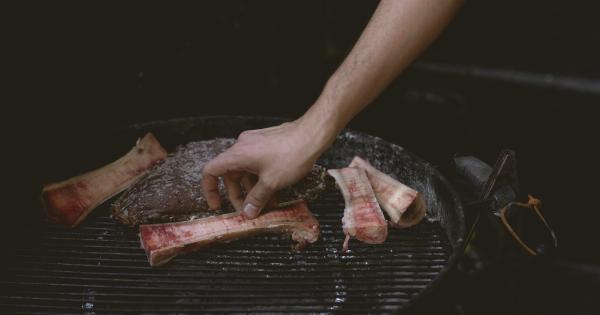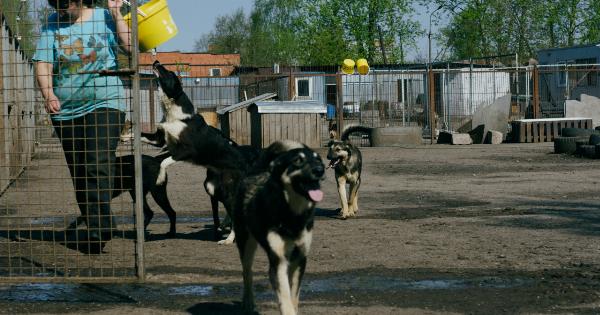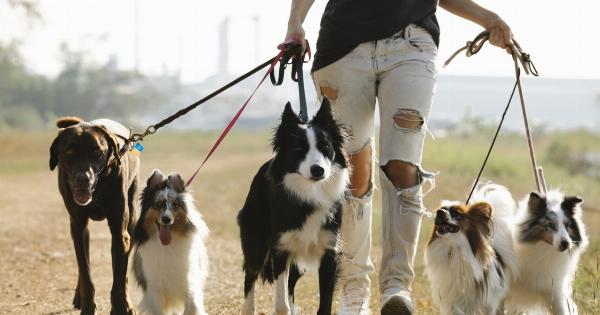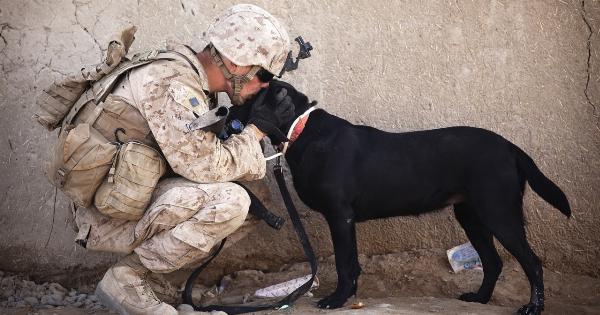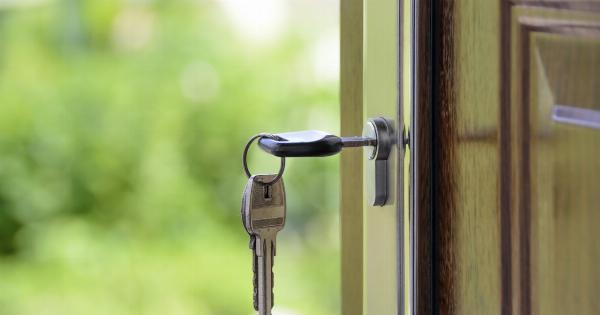Many people often wonder whether it is a good idea to feed their dogs raw bones. Some swear by it, while others remain skeptical. In this article, we’ll take a closer look at the pros and cons of giving your furry friend some raw bones.
Pros of feeding your dog raw bones
One of the advantages of raw bones is that they help to keep your dog’s teeth clean and healthy. As dogs chew on the bones, they mechanically scrape away plaque and tartar buildup.
This can help to prevent oral health issues such as gum disease and tooth decay.
Raw bones can also keep your dog entertained and mentally stimulated. Dogs love to chew, and providing them with bones to gnaw on can be a great way to keep them occupied.
This is particularly useful for dogs that suffer from separation anxiety or boredom.
Another benefit of feeding your dog raw bones is that they provide a natural source of nutrients. Bones are rich in calcium, phosphorus, and other minerals that are good for your dog’s bones, muscles, and overall health.
This can be especially helpful for dogs that are on a meat-based diet, as these nutrients can be hard to come by in other foods.
Cons of feeding your dog raw bones
While there are many benefits to feeding your dog raw bones, there are also some potential risks to be aware of. One of the main concerns with raw bones is that they can splinter or break off into small pieces.
If your dog ingests these small pieces, they can become lodged in his throat or digestive tract, causing choking, blockages, or other serious health issues.
In addition, raw bones can harbor harmful bacteria such as Salmonella or E. coli. If the bones are not handled or prepared properly, they can make your dog sick. This is especially concerning for dogs that are immunocompromised or have other health issues.
Finally, some dogs may develop an intolerance or allergy to raw bones. This can lead to gastrointestinal distress such as vomiting or diarrhea, or even more serious symptoms such as anaphylaxis.
What types of bones can you feed your dog?
If you do decide to feed your dog raw bones, it’s important to choose the right types of bones to minimize the risk of injury or illness. Here are a few tips:.
- Avoid cooked bones, as they can splinter and cause serious health issues
- Choose large, sturdy bones that won’t break apart easily
- Stick to beef bones, as they are less likely to splinter than other types of bones
- Avoid weight-bearing bones such as cow femurs, as they can be too hard for your dog’s teeth and cause dental fractures
- Always supervise your dog when he’s chewing on a bone, and remove it if it becomes too small or begins to break apart
Conclusion
So, should dogs eat raw bones? The answer is that it depends. While there are certainly benefits to feeding your dog raw bones, there are also risks to consider.
If you do decide to give your dog bones to chew on, be sure to choose the right types of bones and supervise your dog while he’s chewing. And if you’re unsure whether raw bones are a good idea for your particular dog, be sure to consult with your veterinarian.

